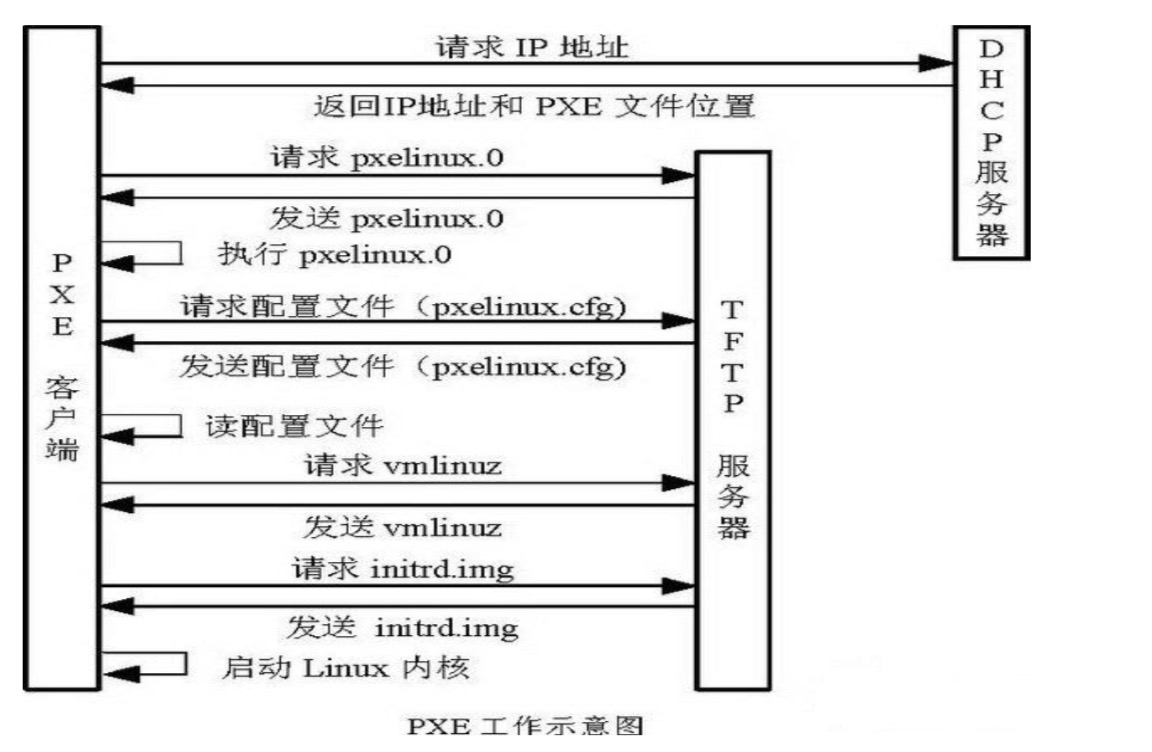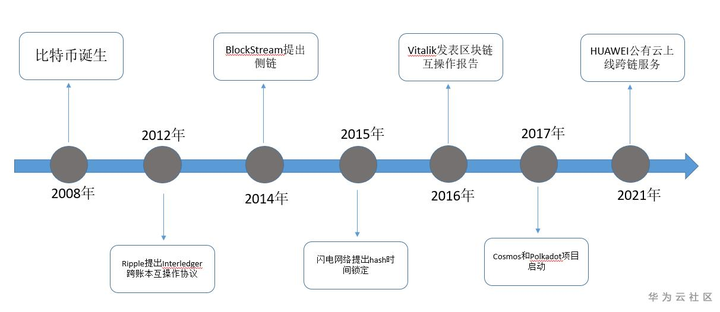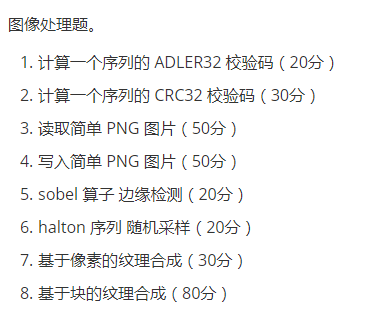我试图用v4l2_buffer的时间戳值(类型的timeval)同步从UVC摄像头,外部事件拍摄的图像。
然而时间戳是不一样的系统时间,或时间等:
printf("image captured at %ld, %ld\n",
buffer->timestamp.tv_sec,
buffer->timestamp.tv_usec);
struct timeval tv;
gettimeofday(&tv, 0);
printf("current time %ld, %ld\n", tv.tv_sec, tv.tv_usec);
结果是
image captured at 367746, 476270
current time 1335083395, 11225
我的正常运行时间是10天。
据http://comments.gmane.org/gmane.linux.drivers.video-input-infrastructure/39892一些v412驱动(包括UVC)都将没有使用的实时时钟(挂钟时间),而是单调时钟从时间未指定点计数。 在Linux上,这是启动时间(即正常运行时间),但是,(我怀疑这是你的错配的原因),仅该电脑是实际运行(即当计算机被暂停该时钟不运行)的时间。
如果你有OP的问题,而你试图去划时代时间戳每一帧,您可以使用下面的代码片段这样做。
#include <time.h>
#include <math.h>
//////////////////////
//setup:
long getEpochTimeShift(){
struct timeval epochtime;
struct timespec vsTime;
gettimeofday(&epochtime, NULL);
clock_gettime(CLOCK_MONOTONIC, &vsTime);
long uptime_ms = vsTime.tv_sec* 1000 + (long) round( vsTime.tv_nsec/ 1000000.0);
long epoch_ms = epochtime.tv_sec * 1000 + (long) round( epochtime.tv_usec/1000.0);
return epoch_ms - uptime_ms;
}
//stick this somewhere so that it runs once, on the startup of your capture process
// noting, if you hibernate a laptop, you might need to recalc this if you don't restart
// the process after dehibernation
long toEpochOffset_ms = getEpochTimeShift();
//////////////////////
//...somewhere in your capture loop:
struct v4l2_buffer buf;
//make the v4l call to xioctl(fd, VIDIOC_DQBUF, &buf)
//then:
long temp_ms = 1000 * buf.timestamp.tv_sec + (long) round( buf.timestamp.tv_usec / 1000.0);
long epochTimeStamp_ms = temp_ms + toEpochOffset_ms ;
printf( "the frame's timestamp in epoch ms is: %ld", epochTimeStamp_ms);



